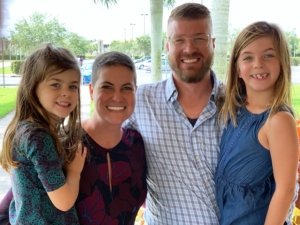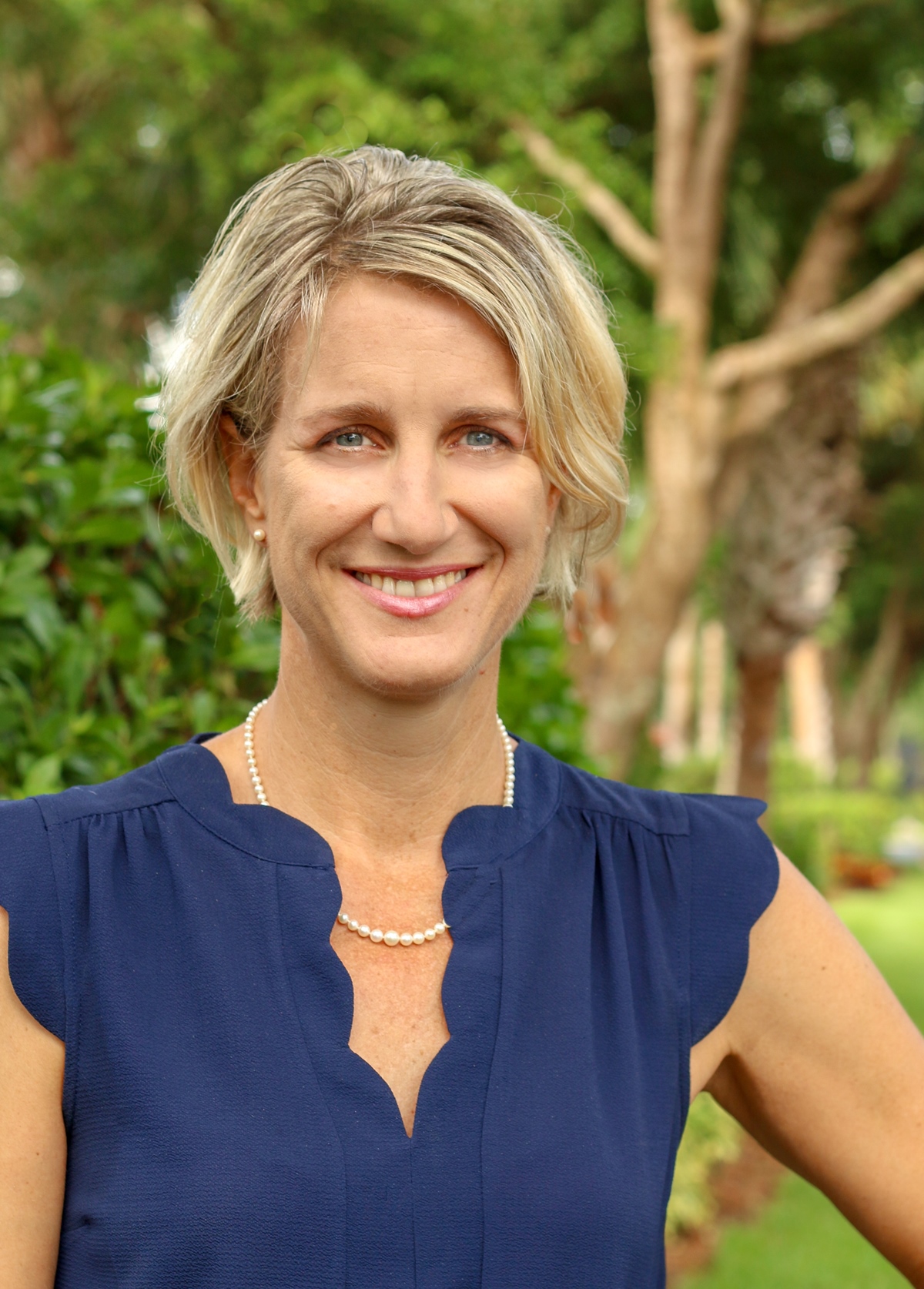Thoughts on Survivorship
Wellbeing
When the hotel alarm sounded on July 31, 2023, I woke up, put both feet on the floor, brushed my teeth, laced a pair of work boots, and caught an Uber to a factory in Potrero Hill of San Francisco. On this work trip, with my team, we operated water treatment equipment that morning and then had lunch at a taco truck. After more work and a team dinner at a Japanese restaurant, another Uber whisked me back to the hotel in time to catch the impressive sunset over the Golden Gate Bridge.
As the sun reflected off San Francisco Bay I reflected on the past 27 years. You see, July 31 marks my cancerversary, in other words the date that the doctor finally told me, “You no longer have cancer,” and that date marked 27 years since that discussion when I was a college student in the 90’s.
A handful of my friends know the date and sent well wishes, and on that date, old memories of my experience with Hodgkin’s Disease and prior cancerversaries have their way of returning to top of mind. I remember wanting cancer out of my body so badly and the desire to live and healthy and happy life thereafter; today we call this wellbeing.
I thought about those first steps after my doctor’s good news. Walking out of his office as a newly minted survivor felt like heading out on a journey without a map. He had prescribed a regimen of scans, bloodwork, and follow ups which would gradually lighten as time progressed.
I dutifully followed, attended, and completed these appointments and every time sweated the results of each of them. The new normal felt a lot more uncertain than it did before cancer. To live a healthy life as a survivor means taking on the hard stuff like waiting on results, but it also provides a level of comfort knowing the course of tests monitored my body very closely. Over time, the intervals between these exams lengthened from three months to six months. Then annually. Then never again after year 10.
Like many survivors, cancer influenced my health decisions, especially diet and exercise, to live a life with wellbeing. Healthy habits have to underpin decisions. For me this meant getting into running and swimming. I remember running about six months after finishing treatments and could not make it 50 yards.
Sticking with good habits, stacking wins, will help healing and mental wellbeing. Whether you aim for mountain peaks or marathon finish lines, or you start a daily walking habit, movement and mobility will help the body bounce back; this worked for me. I kept getting out there day-after-day, doing those 50-yard runs which eventually stretched further. Let your body guide you; listen; just move.
Over the years, having met so many other survivors, handling cold and flu season after cancer has some challenges. I remember the Fall after my treatments concluded, I came down with the sniffles and immediately thought cancer had returned. Taking it a step further, I twisted my ankle on a jog about four months after finishing treatments and thought that my ankle now had cancer. It didn’t. Relearning and listening to your body take time and those reactions are something I think all survivors experience.
One health dilemma I faced early on after the end of treatment happened in college. The social scene at my (and many) colleges involved parties and bars. I enjoyed going to these, not so much for the alcohol but for the camaraderie. At the time (the 90’s), you could smoke in bars. After standing in the smoke- filled college bars a few times and still worried about a relapse, I decided to change my approach. Instead of tolerating the environment, I would arrange meetups with friends earlier and would leave if it got smoky. Though I may have missed out on some late-night revelry, it meant prioritizing health first. Making this and other tradeoffs like it over the years have led to a healthier overall life without the worry of deprioritizing my health.
As the sun went down over the San Francisco Bay and the memories receded for another year, the second lifetime of chances left me with a warm appreciation of life and a gratitude for a second opportunity knowing that when the alarm sounds on the next ordinary day, August 1, I have the chance to keep going.
Good health to you.
Cancer Survivor: 2x, 27-Years, Hodgkin’s Lymphoma Author: Better Dirty Than Done
Rick was first diagnosed with Hodgkin’s Disease as a freshman in college at age 19. After undergoing radiation treatments, it relapsed only 18 months later. Determined to graduate, Rick dropped out of college, underwent chemotherapy, and returned to earn his degree.
In the midst of depression dealing with survivorship, Rick turned to athletic endurance events for recovery. Rick has gone on to climb mountains, swim oceans, and run marathons. These stories are part of his memoir, Better Dirty Than Done. Personally, Rick is a proud father to 19-year old son, Lance. Professionally, he has worked as a CPA, project manager, and director across the financial, high tech, and water treatment industries. Recreationally, you can find him riding his bike.





